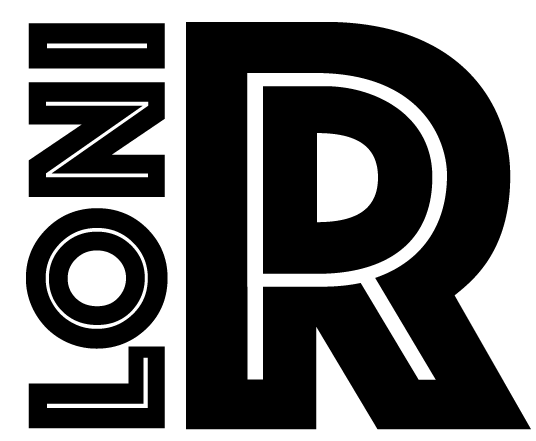LONIR has chosen to pursue projects in the fields of Technology, Research and Development (TR&D). The three projects that have been chosen and their aims are outlined below:
| TR&D Projects |
Aims |
Impact |
|
Data Sciences |
- Aim 1: To improve discovery, creation, and utilization of heterogeneous data collections including imaging, connectomics, genetics, morphology by creating a data oriented platform to efficiently identify, organize, and explore data of relevance to an investigation.
- Aim 2: To make new analysis methods, tools and pipelines developed by other TR&Ds more widely accessible by creating methods for integrating their use and outputs into the data oriented platform.
- Aim 3: Develop tools and methods for to improve researchers ability to identify desirable data within data collections, such as LONI by integrating
interactive, web-delivered analysis and visualizations of brain data into a unified data management and navigation framework.
|
- Make brain related data resources such as LONI more accessible to a broader community of researchers then is currently possible using current methods
- Accelerate the dissemination of new brain imaging analysis methods by by streamlining their application to data collections
- Enable researchers to make better decisions about what data are suited to their investigations
|
|
Connectomics |
- Aim 1: Improved Voxel-Based Assessment of Fiber Integrity Using HARDI (TDF-FA)
- Aim 2: Tract-Based Statistical Analysis by Automated Clustering of Fibers
- Aim 3: Whole-Brain Connectivity Matrices
- Aim 4: Genetics of Brain Connectivity
|
- Advance the study of brain connectivity using diffusion imaging and its powerful extensions beyond the tensor model of diffusion (QBI, multi-shell HYDI, DSI, HARDI-TDF, Q-ball imaging, staggered HYDI, and DSI)
- Compare fiber and bundle integrity, properties and statistics across large populations
- Create NxN connectivity matrices summarizing the presence and properties of connections between all pairs of brain regions
- Develop, test and disseminate powerful new quantitative genetic approaches for discovering genetic effects on brain integrity and connectivity
|
|
Intrinsic Shape Analysis |
- Aim 1. To improve the conformal metric optimization on surfaces (CMOS) method for intrinsic shape analysis.
- Aim 2. To develop a population-based surface mapping method in the Laplace-Beltrami embedding space.
- Aim 3. To develop intrinsic surface analysis methods for white matter structures
- Aim 4. To apply intrinsic shape analysis tools to brain mapping research.
|
- Provide a complete solution from surface reconstruction, mapping, and quantification with intrinsic geometry.
- Provide a general solution of shape analysis of various anatomical structures.
- Develop a population-based method for large scale shape modeling
Enables shape-based analysis of white matter fiber bundles and connectivity evaluation
|



